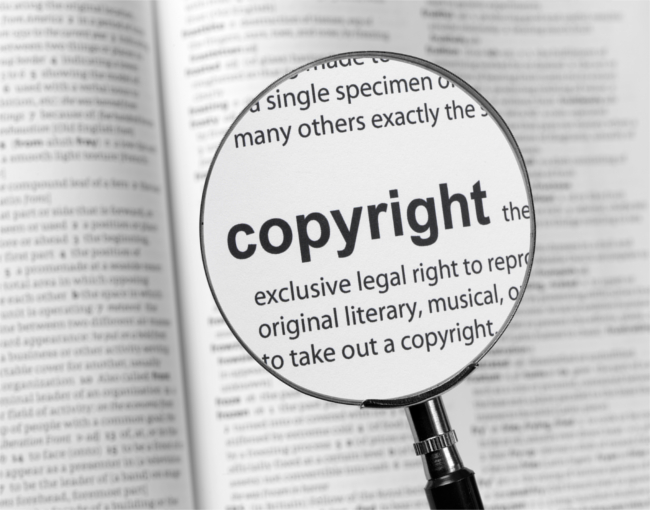In December, 2021, the Trademark Modernization Act (“TMA”) and the Copyright Alternative in Small-Claims Enforcement Act (“CASE Act”) went into effect.
Trademark Modernization Act
The TMA added two new procedures – “expungement” and “reexamination” - for challenging trademark registrations, and also added “nonuse” as a new ground for cancellation actions.
The USPTO recently made this link available to the public, which lists the registrations in which either a petition for expungement or reexamination was submitted. Since the implementation of the new procedures, 60+ registrations have been subject to cancellation utilizing one of the two new mechanisms.
Expungement and reexamination – efficient and cost effective alternatives to cancellation proceedings
- Unlike the existing opposition and cancellation proceedings, expungement and reexamination proceedings (1) can be filed anonymously by any party, and (2) once a petitioner submits a prima facie case of non-use, the burden shifts to the registrant to establish use. The petitioner’s involvement ends when the USPTO Director institutes the proceeding.
- Expungement proceedings allow any party to request cancellation of a mark on the basis that the mark has never been used in commerce on or in connection with some or all of the goods or services recited in the registration.
- Reexamination proceedings allow any party to request cancellation of a registration on the basis that the mark was not in use in commerce on or before the filing date of the application or the deadline to file statement of use.
- A petitioner who fails to successfully challenge a registration under expungement or reexamination proceedings still has the option to later initiate a cancellation proceeding.
Cancellation (new nonuse ground)
- A cancellation proceeding may now be brought on the grounds that a registration has never been used in commerce.
- Unlike the grounds of abandonment, the new ground for cancellation does not require the petitioner to establish the registrant’s intent not to resume use.
Other key takeaways from the TMA include:
- Letter of Protest: The USPTO now has two months to act on a Letter of Protest. Before the enactment of the TMA, the USPTO had no set time to act.
- Office Action Response Time: The time period for responding to office actions has been cut from 6 months to 3 months (excluding Madrid Section 66(a) applicants). The 3-month deadline may be extended to 6 months for a fee. This shorter deadline goes into effect December, 2022.
- Standard for Seeking an Injunction: After years of a split in the circuit courts, the TMA has now clarified that irreparable harm can be presumed upon a showing of a likelihood of confusion.
Copyright Alternative in Small-Claims Enforcement Act
For Copyright challenges, the CASE Act establishes a Copyright Claims Board. Parties may now use the Copyright Claims Board as an additional forum to voluntarily seek resolution of copyright claims under $30,000. For smaller claims, the Copyright Claims Board may be a quicker and cheaper method for enforcing copyright registrations.
Shoko Naruo, Tom Polcyn and Brendan Bement are members of Thompson Coburn’s Intellectual Property group.

